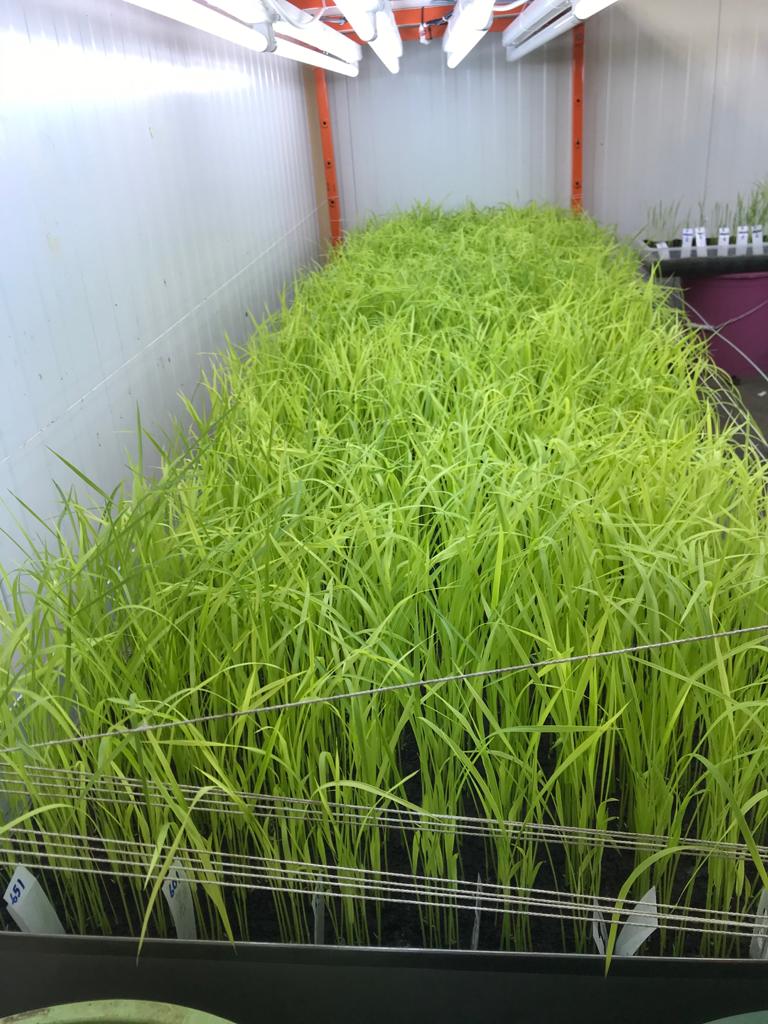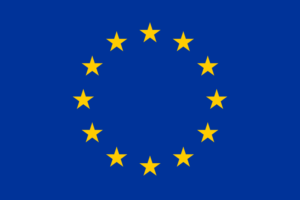

Herbicide Resistant Rice Development For European Continental Project

New GMO-free resistance pathway to control weedy rice
Objective
The main aim of the project is develop to non-GMO herbicide resistant new base rice for European countries. Herbicide resistant new base rice might be utilized control weed and weedy rice where gained resistance against to conventional rice herbicides in the fields. Project will investigate to develop non-GMO resistancy with Clethodim (Cyclohexanedione-Dim Group) herbicide resistance for rice. For this reason first objective is execute a mutation on rice seeds, second is develop to low and high resistancy on rice plant, the next objective is determination of mutation point on mutagen resistant rice. Last objective is investigated to deterioration of currently utilized herbicide resistancy system on especially the basis of IMI resistant red rice at incoming phase.
The new resistancy system might be available to use when Clearfield and Provisia technology break down because of gene flow and misusage. The HerbaRice project will give new insights on weed and weedy rice problem on rice fields, providing new tools for herbicide resistancy producing safer and sustainable food production.


State of Art
 Researches on rice for weed problem are worked hard nowadays. The result of the researches wasa chieved two main types resistancy which GMO and Non-GMO resistancy. GMO resistancy is including glyphosate (EPSPS inhibitor) and glufosinate (GA inhibitor) resistance rice but this typerice could not be cultivated in EU because of GMO legislative regulations. Non-GMO resistancy is including Clearfield (ALS, acetolactatesynthaseInhibitor) and Provisia (ACCaseinhibitor) technology. Clearfield technology is using more than a decade but some rice fields getting suffer from IMI (imidazolinone) resistant weed and weed yrice. It might be this technology could not be work next ten years because of gene flow and misusage. And Provisia technology was developed in 2018 and it use only USA where developed place. For this reason, new alternative herbicide sareneeded for weed and weedy rice control. Mutation point for resistant rice has not patented for Dim (Cyclohexanedione) chemistry yet. The state of art for the project is to develop Non-GMO resistancy with clethodim herbicide resistance for rice.
Researches on rice for weed problem are worked hard nowadays. The result of the researches wasa chieved two main types resistancy which GMO and Non-GMO resistancy. GMO resistancy is including glyphosate (EPSPS inhibitor) and glufosinate (GA inhibitor) resistance rice but this typerice could not be cultivated in EU because of GMO legislative regulations. Non-GMO resistancy is including Clearfield (ALS, acetolactatesynthaseInhibitor) and Provisia (ACCaseinhibitor) technology. Clearfield technology is using more than a decade but some rice fields getting suffer from IMI (imidazolinone) resistant weed and weed yrice. It might be this technology could not be work next ten years because of gene flow and misusage. And Provisia technology was developed in 2018 and it use only USA where developed place. For this reason, new alternative herbicide sareneeded for weed and weedy rice control. Mutation point for resistant rice has not patented for Dim (Cyclohexanedione) chemistry yet. The state of art for the project is to develop Non-GMO resistancy with clethodim herbicide resistance for rice.
Field of science
- /social sciences/economics and business/economics/sustainable economy
- /natural sciences/biological sciences/genetics and heredity/mutation
Programme(s)
Site Visitors:
